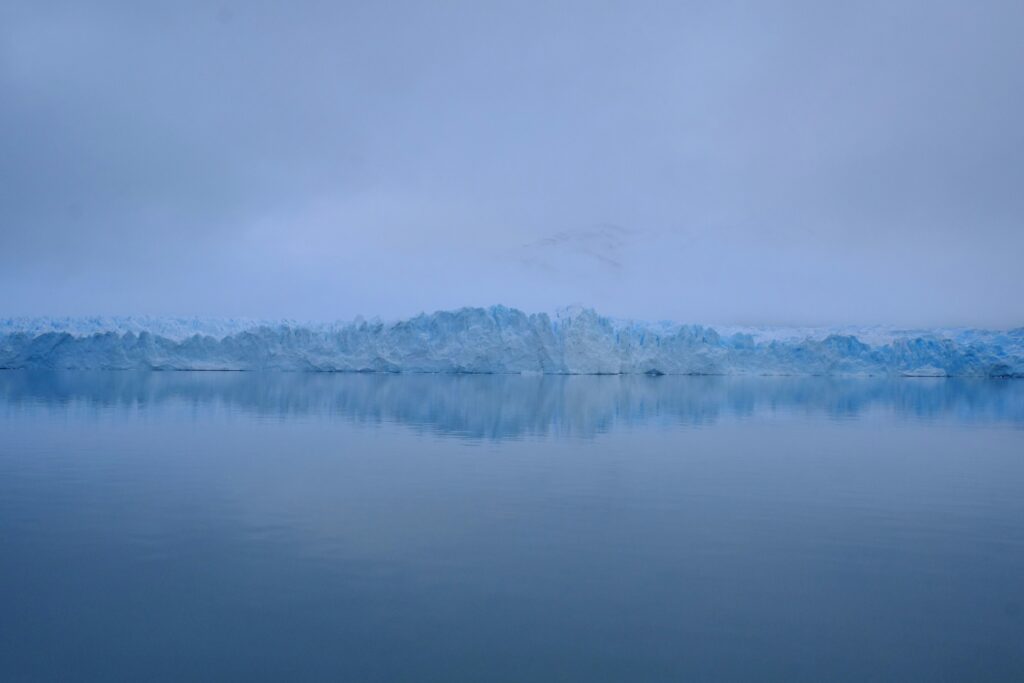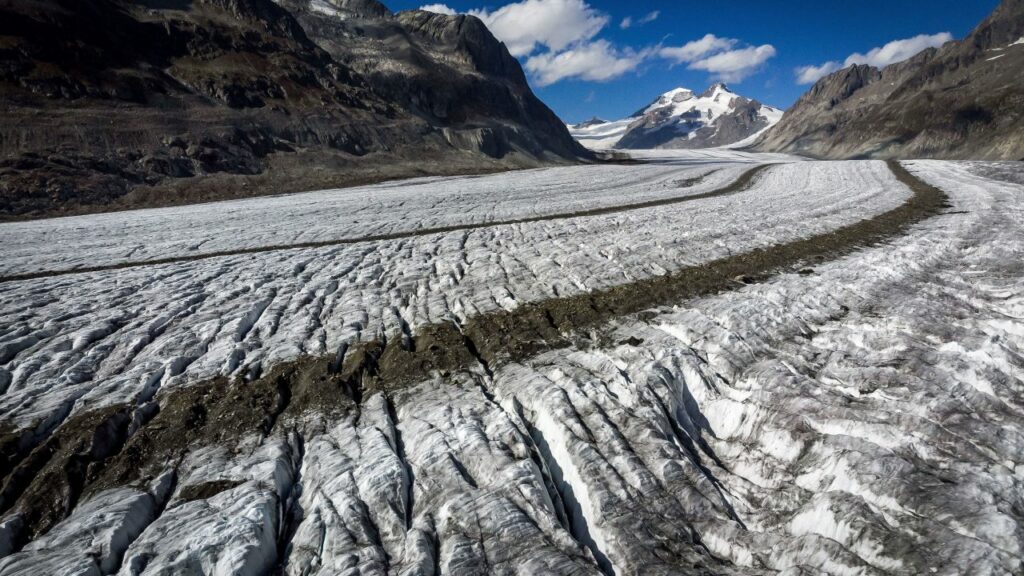Isn't the Arctic supposed to be melting? Maybe inside computer models. But according to Environment Canada, out there in the real world it’s getting snowier. Embarrassingly, America’s Glacier National Park just quietly removed signs saying its glaciers would all be gone by 2020. And in a recent peer-reviewed article about trends in snow coverage across Canada between 1967 and 2016, scientists found that most places (about 75%) showed no trend, some places in Southern Canada showed a decreasing trend, and all 26 monitoring sites in the Canadian Arctic showed an increasing trend. The decreasing trends in the south were attributed to warming. Guess what the increasing trends in the Arctic were attributed to?
Warming, of course. Global warming is one of those remarkable theories that can explain everything all at once, including opposite events. Now to be fair it’s possible that the authors simply felt obliged to genuflect to climate orthodoxy in order to get their paper into print. In any case what matters is the data, and the authors don't conceal the message that snow coverage in Canada goes up and down a lot from year to year but on the whole hasn't changed much since the late 1960s.
If taken seriously the attribution to warming runs into serious trouble because samples taken every year on March 1st and averaged into regional groupings in western and eastern Canada (see their Figure 5) showed a drop in average snow amount (measured as snow water equivalent) from the late 1960s to the end of the 1970s, during the cooling scare, but no trend after that during the warming scare.
Canadian winters are variable and can be unpredictable, but in most places they show no tendency to be less snowy. Not even in the Arctic where, the models say, the planet should be warming fastest.
Bottom line: Don't throw away your snow shovels just yet, whether you live in Calgary, Ottawa or Iqaluit.



It isn't a contradiction for global warming to cause less snow in southern Canada and more snow in northern Canada. A warmer atmosphere holds more moisture, which will precipitate as either rain or snow depending on the ambient temperature. In the south, a warmer atmosphere will produce more rain (and less snow) over the course a a year; in the north, a warmer atmosphere will produce more snow, because although the air is warmer than before, it is still below freezing for much of the year. It's the finding of no trends over decades that proves the AGW conjecture to be bunk.